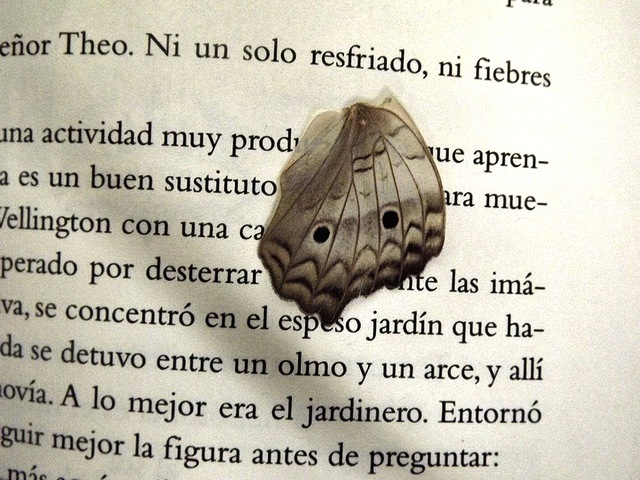
My tween daughter blows through the kitchen. “Mom, we need to make papier mache worlds in social studies this week. Each kid needs to bring either a newspaper or a cup of flour.”
Two thoughts cross my mind: Thank God I’m no longer in sixth grade. Papier mache is of the devil. Secondly, what’s the teacher gonna do with twenty-seven cups of flour?
Because no one gets the newspaper these days. We hold headlines in our palms. So unless the kids plan on layering discontinued iPhones with paste, I don’t know how the projects will get done.
I am one who hasn’t paid for a soggy pile of papers in my driveway for a long time. But then, strangely, a newspaper is what decided to haunt me this week.
Consider this section from “Portrait with Commentary,” written by Nobel Laureate Tomas Tranströmer, a Swedish poet born in 1931.
Here is a portrait of a man I knew.
He’s sitting at the table, his newspaper open.
The eyes settle down behind the glasses.
The suit is washed with the shimmer of pinewoods.
It’s a pale and half-complete face.–
Yet he always inspired trust. Which is why
people would hestitate to come near him
for fear of meeting some misfortune.
His father earned money like dew.
But no one felt secure at home—
always a feeling that alien thoughts
broke into the house at night.
The newspaper, that big dirty butterfly,
the chair and the table and the face are at rest.
Life has stopped in big crystals.
But may it stop there only till further notice!
So much of this poem is striking, but the newspaper image physically caught my breath the first time I read it. A “big dirty butterfly”? Yes. That is it. There is no better way to describe a newspaper. All other poets might as well consider it done and move on to describing the autumn light.
In How to Read a Poem, I talk about Billy Collins’s idea from “Introduction to Poetry” about holding a poem up to the light like a color slide. I like to take a poem one image at a time, peering at it from all angles in a bright window. What do I see, remember, dream, connect? I can’t shake this dirty butterfly. He is sticking to me like the butterlifes from the public museum exhibit, the ones that land on you in a humid indoor jungle and hook their little thread legs in your sweater.
First I see the newspaper, of course, full of that heavy print. Then I see a white butterfly, like the ones that hung out in my California backyard during my childhood. Cabbage moths, my mom called them, though I’ve heard them referred to simply as “cabbage whites,” papery little things with black spots on their wings trembling among the bouganvillea.
These are the butterflies I picture getting dirty, for I remember finding dead ones in the dirt, wings spattered with mud tossed up by a rainshower. They were sad yet hopeful–beautiful–for I could finally see them up close, touch them this way.
Butterflies written over with dirt, just like so many humans written over with somebody else’s news story: war, power, starvation. I think of all the dirty butterflies we encounter in our everyday lives, too. The fallen barns, yellowed wedding dresses at garage sales, children born into drugs and abuse.
But the newspaper still opens, doesn’t it? There’s something in there–a crinkle of life yet, a hopeful story or recipe for apple crisp.
I think about this image all week. I let my mind wander. Then I bring my wanderings back into the poem. And what happens then? That I will leave to you, reader, as you let the poem do its own work on you.
Have you read a poem lately with an image that sticks to your sleeve? Allow yourself to ride its wings. Or perhaps consider revisiting a poetic image that’s so famous, it’s ceased to be personal:
Red wheelbarrow
Grecian urn
Raven
Diverging roads
White cliffs
Plums
Fog on little cat feet
Lonely cloud
A summer’s day
Fire and ice
Water, water everywhere
Spend some time with an image, and look at it afresh. What do you see, hear, smell, taste, and touch? What does the image remind you of? How do you feel?
Try it. A whole world—papier mache, if you like—awaits.
Photo by She, Creative Commons, via Flickr. Post by Tania Runyan, author of How to Read a Poem.
